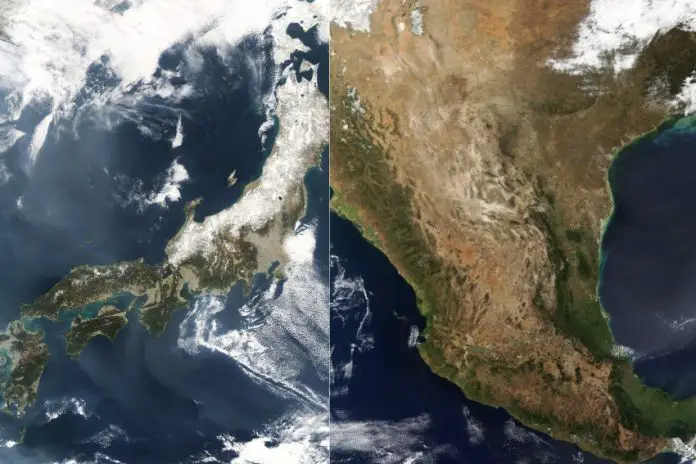Japan and Mexico might not immediately seem to be very similar countries.
But as this piece by Bethany Platanella revealed, the two countries do have certain things in common, including a reverence for ancient grains — rice in Japan, corn in Mexico — and a penchant for public displays of religious devotion.
In this Japan and Mexico data comparison — the latest edition to our “Japan in Focus” and Mexico in Numbers series — you’ll see that the two countries have some other similarities, as well as some significant differences.
Population
Japan and Mexico currently have similarly-sized populations, but they are set to diverge in coming years.
Population of Japan
The Japanese government estimated in October 2023 that the population of Japan was 124.35 million, a reduction of 595,000 people or 0.48% compared to a year earlier.
The Japanese population has, in fact, been in decline for over a decade as the number of deaths exceeds the number of births.
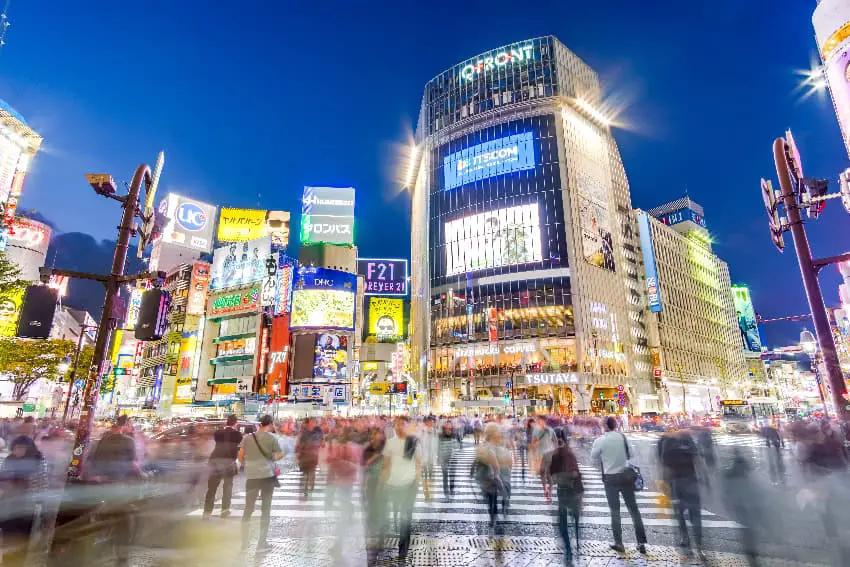
In 2023, Japan’s National Institute of Population and Social Security Research said that the country’s population is “projected to decrease to 87 million in 2070,” a decline of 30% compared to the current level.
“According to the assumption of this revision, the total population will fall below 100 million in 2056, a delay of 3 years from the previous projection,” the institute said.
“The pace of population decline is expected to slow down slightly, mainly due to the increase in international migration,” it added.
Population of Mexico
The population of Mexico was just over 126 million at the time of the last census in 2020 and exceeded 131 million last year, according to the National Population Council.
In contrast to Japan, the population of Mexico is growing, albeit at a rate that has slowed over the past decade.
On World Population Day last July, the National Population Council said that Mexico’s population “will continue growing slowly” in the coming decades before reaching a peak of 147 million in 2053.
Subsequently, “for the first time in history,” Mexico’s population will start to decline, the council said, adding that in 2070 the population is projected to be 141.4 million.
If the projections for Japan and Mexico are right, Mexico’s population will be 62% larger than that of Japan in 2070, whereas it is currently only about 5% bigger.
Area and other geographical data
In area, Mexico is more than five times larger than Japan.
Mexico’s territory covers 1.96 million square kilometers, making it the 13th largest country in the world, while the area of Japan is 377,975 square kilometers, making it the 61st largest country in the world.
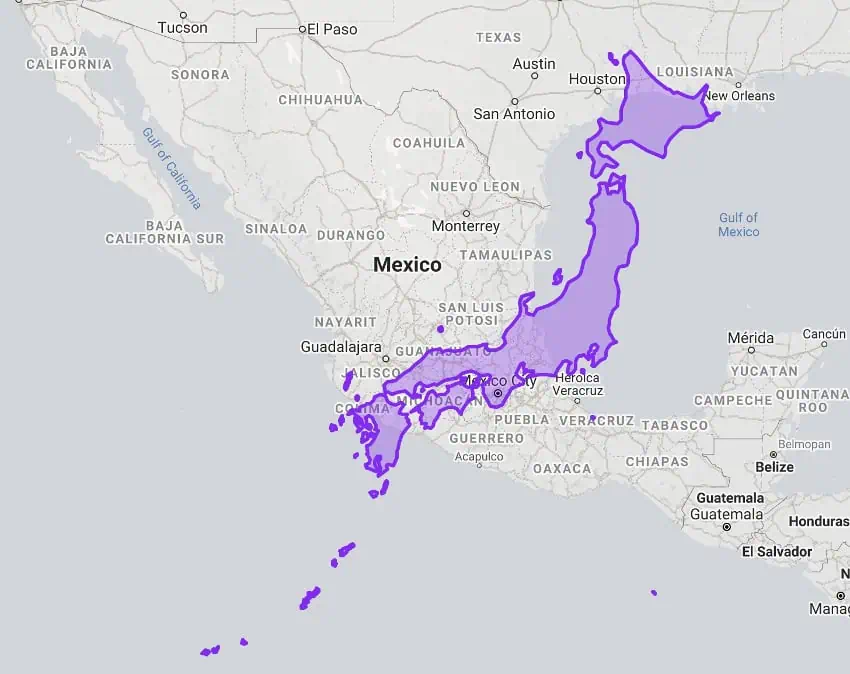
While Mexico is divided into 32 states (including Mexico City), Japan has 47 prefectures including the Prefecture of Tokyo, the national capital.
Japan is made up of four main islands — Honshu,Kyushu, Hokkaido and Shikoku — as well as more than 14,000 smaller ones, most of which are uninhabited. The country’s fifth biggest island is Okinawa Main Island, located south of Kyushu in the East China Sea.
While Mexico can’t compete with Japan in an island-counting contest, it does have a significant number — more than 1,300.
Mexico’s largest inhabited island is Cozumel, located in the Caribbean Sea off the coast of Playa del Carmen, but the country’s biggest island overall is Tiburón Island, located in the Gulf of California off the coast of Sonora.
Mount Fuji, a national symbol of Japan, is the country’s highest peak with a summit of 3,776 meters. Located on the island of Honshu, the active volcano commonly known as “Fuji-san” is two-thirds the height of Mexico’s highest mountain, Pico de Orizaba, an active stratovolcano on the Veracruz-Puebla border. Pico de Orizaba, also known as Citlaltépetl, has a summit of 5,636 meters.
Economy
Mexico became the the 12th largest economy in the world in 2023, according to the International Monetary Fund (IMF), while Japan ranked fourth.
The IMF estimates that the nominal GDP of Japan was US $4.21 trillion last year, making the Japanese economy about 2.35 times the size of the Mexican economy. Mexico’s nominal GDP was $1.79 trillion in 2023, according to the IMF.
Wealth, as measured on a per-person basis, is three times higher in Japan.
Per-capita GDP in Japan was US $34,017 in 2022, according to the World Bank, while the figure for Mexico was $11,496.
Mexico’s economy grew 3.2% last year while the GDP of Japan increased 1.9%.
Earthquakes
Earthquakes are common in Japan and Mexico, both of which are situated along the Ring of Fire, described by National Geographic as “a path along the Pacific Ocean characterized by active volcanoes and frequent earthquakes.”
According to earthquakelist.org, which tallies earthquakes based on data from the U.S. Geological Survey as well as the European-Mediterranean Seismological Centre, there were 1,839 earthquakes of magnitude 4 or higher in Mexico, or within 300 kilometers of Mexico, in 2023.
Mexico thus ranked second for the total number of earthquakes last year behind Indonesia.
Japan ranked fifth with 903 earthquakes of magnitude 4 or higher.
In 2024, Mexico and Japan currently rank first and second, respectively, for the total number of earthquakes. A 7.5-magnitude quake shook Japan on the first day of 2024, claiming over 250 lives.
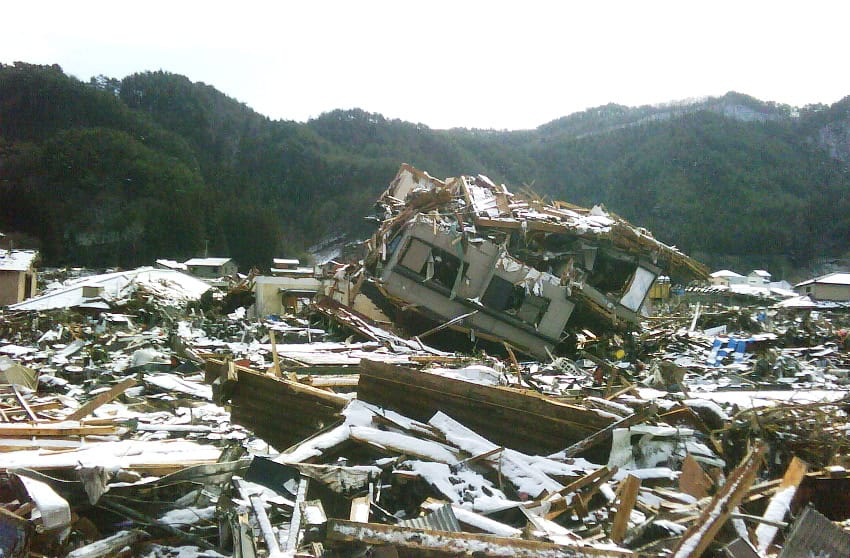
The world’s fourth most powerful earthquake in recorded history was the 2011 Tōhoku earthquake, which struck off the Pacific coast of Japan with a magnitude of 9.
The temblor, which triggered a tsunami, claimed close to 16,000 lives, making it the third deadliest earthquake in recorded Japanese history after the Great Kantō earthquake of 1923 and the Sanriku earthquake of 1896.
In Mexico, the 2017 Chiapas earthquake, which measured 8.2 on the Richter scale and claimed around 100 lives, was probably the country’s most powerful quake since it became independent in the early 19th century.
However, the 1985 Mexico City earthquake, which killed at least 10,000 people, is Mexico’s deadliest temblor on record.
Almost 200 years before that tragedy, an earthquake with an estimated magnitude of 8.6 struck the territory now known as Mexico. The 1787 New Spain earthquake, which caused a tsunami, could thus be considered Mexico’s most powerful known earthquake.
Legislatures
Mexicans will go to the polls this Sunday to elect a new president and 628 federal lawmakers so it’s an opportune time to compare the size of the General Congress of the United Mexican States (its official name) to that of the National Diet of Japan.
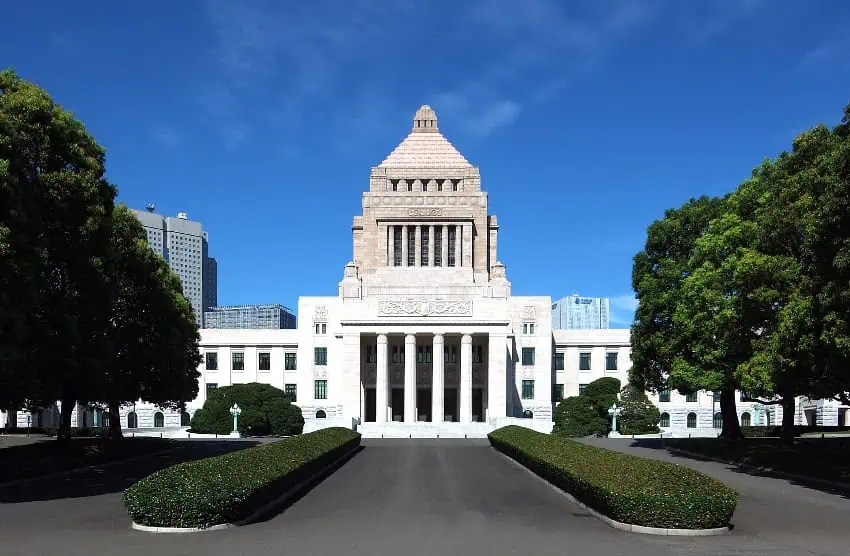
Mexico’s lower house, the Chamber of Deputies, has 500 seats, while Japan’s House of Representatives is slightly smaller with 465 seats.
Voters in Japan, like those in Mexico, elect representatives directly, and via a proportional representation system.
Mexico’s Senate has 128 seats while Japan’s upper house, the House of Councillors, has 248.
Thus Japan has a total of 713 federal lawmakers, 13.5% more than Mexico’s 628.
While Mexican presidents are limited to serving a single six-year term, there is no limit to the number of times a Japanese prime minister can be reelected. A single term for a Japanese prime minister lasts a maximum of four years.
UNESCO World Heritage Sites
Mexico has a total of 35 UNESCO World Heritage sites, 10 more than Japan.
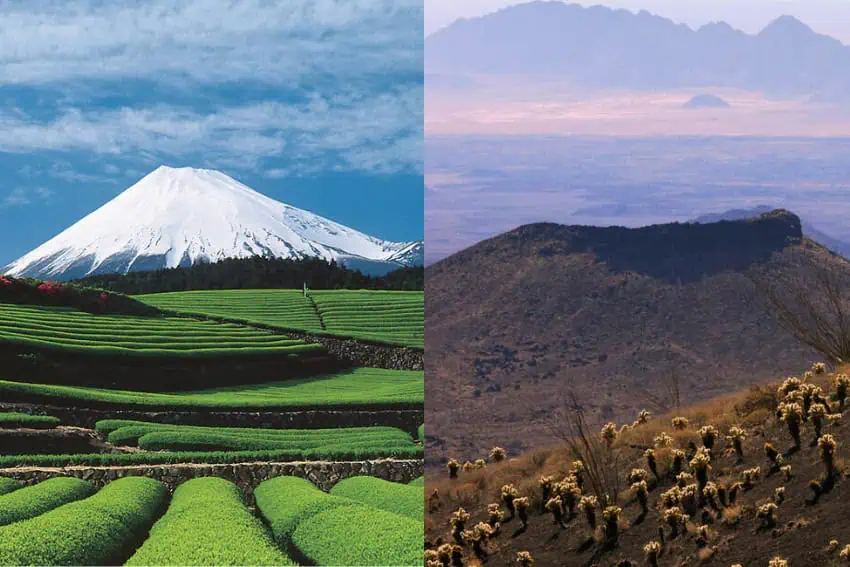
Among Mexico’s UNESCO sites are the historic center of Mexico City, the Maya city of Chichén Itzá, the Pinacate Desert, the Luis Barragán house and studio in Mexico City and the whale sanctuary of El Vizcaíno in Baja California Sur.
Among Japan’s 25 UNESCO sites are Mount Fuji, the Itsukushima Shrine, the Shiretoko National Park and “hidden Christian sites” in the Nagasaki region.
By Mexico News Daily chief staff writer Peter Davies (peter.davies@mexiconewsdaily.com)
This article is part of Mexico News Daily’s “Japan in Focus” series. Read the other articles from the series here.
